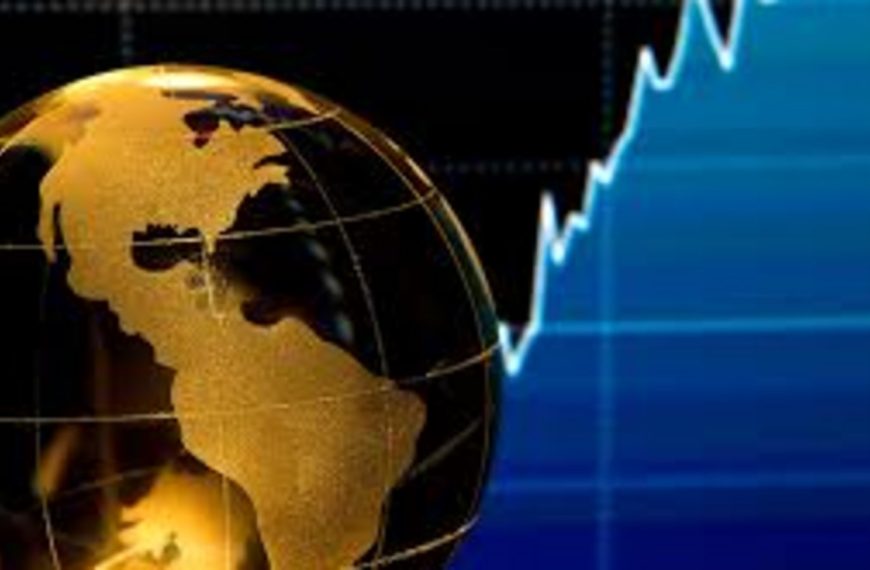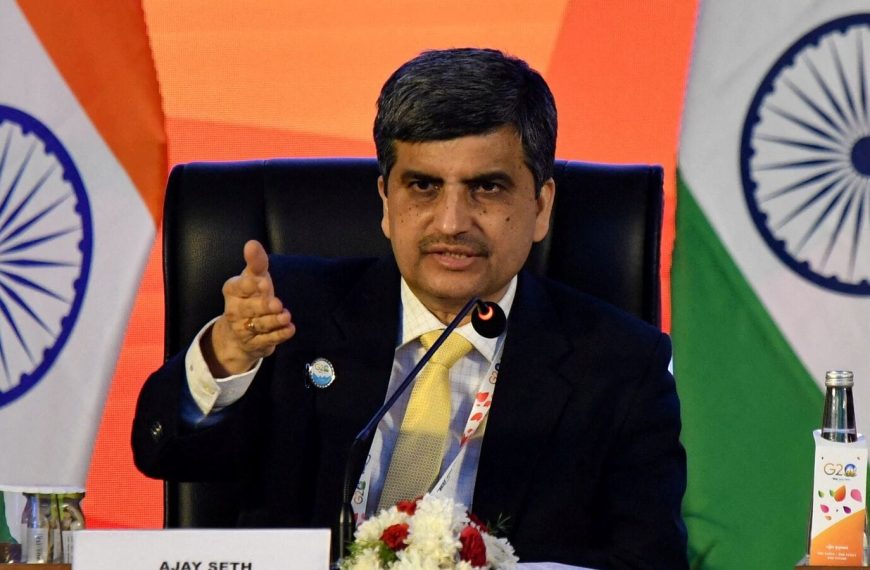India’s Economic Outlook Takes a Hit: S&P Global Ratings Adjusts GDP Forecasts
In a recent update, S&P Global Ratings has revised its growth projections for India, lowering the GDP forecast for 2025-26 to 6.3 percent, down from a previous estimate of 6.5 percent. This adjustment reflects a broader trend, as the ratings agency has also reduced projections for the following fiscal year, 2026-27, to 6.5 percent from 6.8 percent. The economic landscape remains uncertain, influenced heavily by global trade dynamics and recent tariffs.
Key Factors Behind the Downgrade
The Reserve Bank of India has echoed these concerns, also cutting its growth forecast for the current fiscal year from 6.7 percent to 6.5 percent. The adjustments come amidst heightened trade tensions, particularly following the announcement of reciprocal tariffs by the United States. Since President Donald Trump began his second term, he has maintained a firm stance on tariffs, asserting that the U.S. will impose equivalent tariffs in response to those set by other nations, including India.
- Current GDP Forecast Adjustments:
- 2025-26: from 6.5% to 6.3%
- 2026-27: from 6.8% to 6.5%
The tariffs have been temporarily suspended for 90 days as various countries engage with the U.S. government for potential trade agreements.
Global Implications of Tariff Policies
S&P’s report doesn’t just focus on India; it has also revised growth expectations for several major economies, including the U.S., Canada, Germany, and China. The agency anticipates that U.S. GDP growth will drop by approximately 60 basis points over the next two fiscal years. Similarly, both Canada and Mexico are expected to experience a comparable decline.
In the Asia-Pacific region, China is projected to see a 0.7 percentage point reduction in growth for 2025-26, while both Japan and India face drops ranging from 0.2 to 0.4 percentage points.
Analyzing the Economic Shock
According to S&P, the shift in U.S. trade policy has generated significant uncertainty, causing ripples across global markets and raising fears of a potential economic slowdown. Paul Gruenwald, the Global Chief Economist at S&P, noted, “The increase in U.S. import tariffs, retaliation from trading partners, and ongoing market fluctuations constitute a shock that impacts confidence and market stability. The real economy will inevitably be affected, but the extent remains uncertain.”
- Key Insights from S&P’s Analysis:
- Increased risks to economic growth across all regions.
- No immediate recession anticipated in the U.S.
- Long-term uncertainties regarding the global economic landscape and U.S. influence.
Despite these challenges, S&P maintains that it does not foresee a significant slowdown in growth. However, the risks related to potential adverse effects from tariff-related shocks remain a concern. The evolving dynamics of global trade will continue to shape economic forecasts in the coming years.
Conclusion
As global economic conditions fluctuate, businesses and policymakers must stay vigilant. The adjustments made by S&P Global Ratings reflect the intricate relationship between trade policies and economic performance. Keeping an eye on these developments will be crucial for understanding India’s economic trajectory in the near future.










